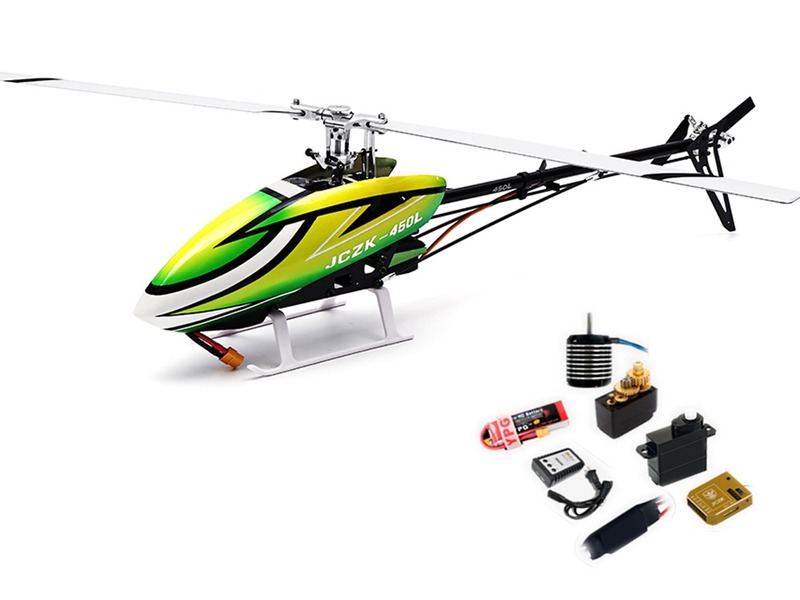Can helicopters fly without lights?

The short answer to this question is that helicopters are able to fly without lights, but it is not recommended due to safety reasons. Helicopters are aircraft that rely on lift provided by the spinning rotor blades, and this lift is generated regardless of whether or not the aircraft is illuminated. However, flying without lights significantly reduces the ability of the pilot to see his/her surroundings and presents a greater risk to other aircraft in the area.
When flying at night, or in low visibility conditions, it is important for pilots to be able to identify other aircraft in the area, and navigate safely. This is impossible to do without the use of external lighting. In order for other aircraft to be able to identify a helicopter in flight, there must be some form of lighting visible, making it easier to be seen.
There are several types of lighting that are used on helicopters. These include: navigation lights, anti-collision lights, landing lights, and strobe lights. Navigation lights are red and green lights located on the tips of the main rotor blades. These provide a visual cue to other aircraft as to the orientation of the helicopter in the air. Anti-collision lights, or beacon lights, are white and are located on the tail of the helicopter. They flash alternately, providing a visual cue to other aircraft in the area. Landing lights are bright white and are used to illuminate the area around the helicopter in preparation for landing. Finally, strobe lights are used to provide a visual cue to other aircraft in the vicinity, and to indicate the position of the helicopter.
Without the use of these lights, it is much more difficult to identify and navigate around other aircraft, significantly increasing the risk of a mid-air collision. Additionally, flying without lights also poses a greater risk to the pilot, as it increases the chances of a collision with terrain, obstacles, etc. Therefore, it is highly recommended that helicopters always fly with their lights turned on.
In conclusion, helicopters are able to fly without lights, but it is not recommended due to safety reasons. The use of lighting helps to make the aircraft more visible to other aircraft in the area, and allows the pilot to better identify and navigate around other aircraft. Therefore, it is highly recommended that all helicopters should fly with their lights turned on.
Comments / Question
2. Poor navigation: Without lights, it is difficult to navigate the helicopter in the dark, increasing the risk of the pilot getting lost or disoriented.
3. Increased fatigue: Flying without lights can be mentally and physically exhausting for the pilot, increasing the risk of fatigue-related accidents.
4. Reduced safety: Without lights, the helicopter is more difficult to spot in an emergency, making it harder for rescue teams to locate the aircraft.
2. Make sure you are familiar with the airspace and regulations in the area you are flying in.
3. Make sure you have a spotter to help you keep an eye out for other aircraft.
4. Make sure you have a reliable communication system in place with other aircraft in the area.
5. Make sure you are aware of any obstacles or terrain that may be in your flight path.
6. Make sure you are aware of any weather conditions that may affect your flight.
7. Make sure you have a plan for emergency landings.
8. Make sure you have the proper insurance coverage.

